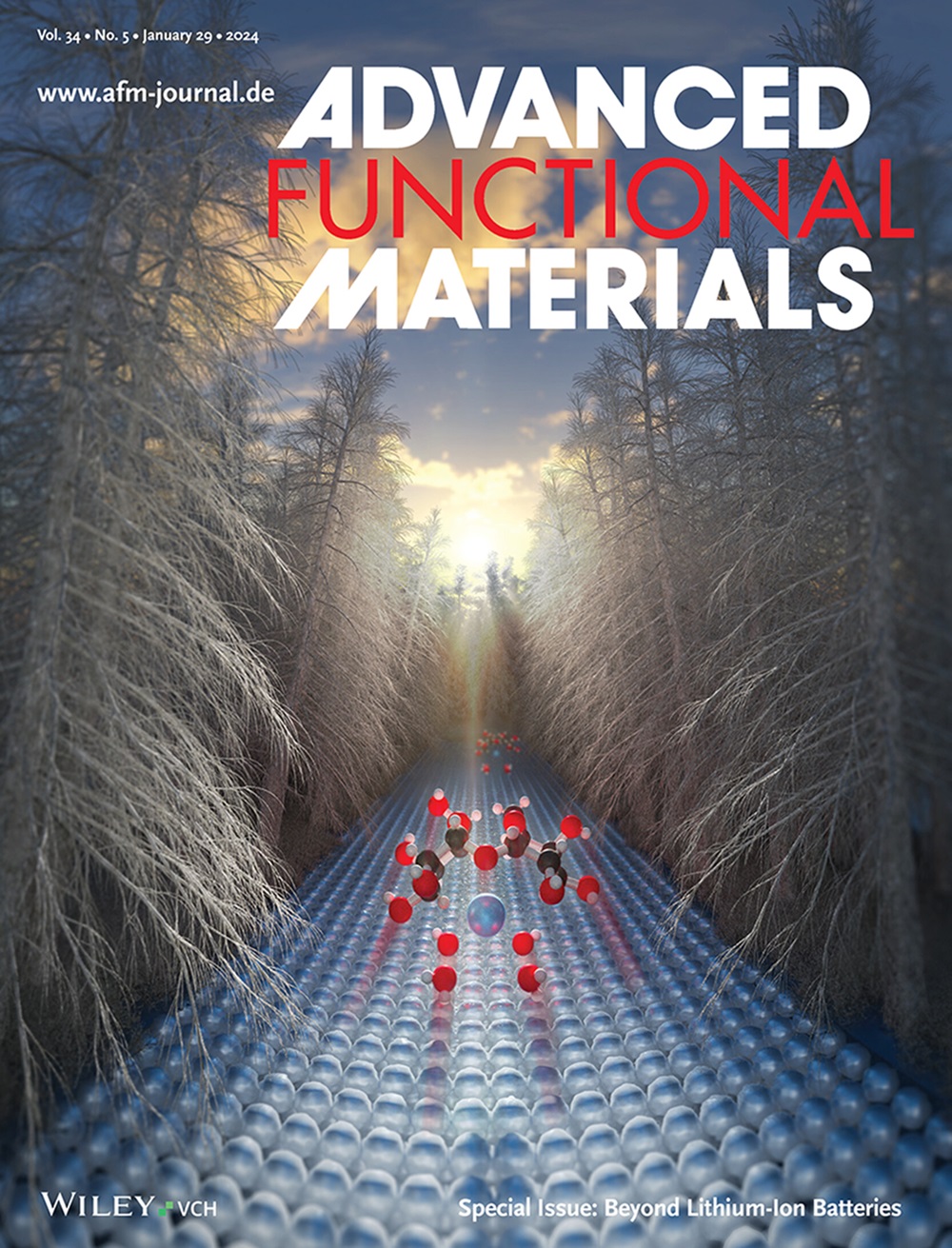Integrated OPECT and Smartphone Colorimetry Dual-Mode Detection of Okadaic Acid Based on Ce-MOF Modified MXene@SnO2 Z-Scheme Heterostructure
IF 18.5
1区 材料科学
Q1 CHEMISTRY, MULTIDISCIPLINARY
引用次数: 0
Abstract
The organic photoelectrochemical transistor (OPECT) biosensing relies solely on a singular signal readout inherently, which restrains the precision and dependability nestled within pertinent biological measurements. Herein, a high-precision magnetic assisted OPECT and smartphone colorimetric (SCL) dual-mode biosensing platform is first established for detecting harmful algal toxin okadaic acid (OA) by biocatalytic reaction. MXene@SnO2-Ce-MOF (MXSnO/Ce-MOF) Z-scheme heterojunctions with abundant oxygen vacancies are prepared as photoactive materials. Initially, in the presence of OA, the coupling of trigger DNA (tDNA) to magnetic beads (MBs) via anchor DNA (aDNA) is released through the interaction of the target analyte with the aptamer. Subsequently, the carried tDNA triggers HCR between the two hairpin sequences, producing long double helix chains to capture glucose oxidase (GOx). The obtained GOx supernatant catalyzes glucose to produce H2O2, which can oxidize Ce-MOF, leading to the alteration of electrode color and a significant decrease in the overall photocurrent of MXSnO/Ce-MOF. Crucially, the novel OPECT-SCL biosensor exhibits excellent sensitivity and precision, boasting detection thresholds as low as 42.9 pM and 1.2 nM, respectively, and accomplishes the automated detection of OA within real samples. The proposed OPECT-SCL dual-signal measurement model constitutes a sensitive, portable, and precise platform for the quantification of marine toxins.

基于 Ce-MOF 改性 MXene@SnO2 Z 型异质结构的冈田酸 OPECT 和智能手机比色法双模集成检测技术
有机光电化学晶体管(OPECT)生物传感仅依赖于固有的单一信号读出,这限制了相关生物测量的精确性和可靠性。本文首次建立了一个高精度磁辅助 OPECT 和智能手机比色法(SCL)双模式生物传感平台,通过生物催化反应检测有害藻类毒素冈田酸(OA)。研究人员制备了具有丰富氧空位的 Z 型异质结 MXene@SnO2-Ce-MOF(MXSnO/Ce-MOF)作为光活性材料。最初,在 OA 的存在下,通过目标分析物与适配体的相互作用,触发 DNA(tDNA)通过锚 DNA(aDNA)耦合到磁珠(MBs)上。随后,携带的 tDNA 触发两个发夹序列之间的 HCR,产生长双螺旋链,从而捕获葡萄糖氧化酶(GOx)。获得的 GOx 上清液催化葡萄糖产生 H2O2,H2O2 可氧化 Ce-MOF,从而改变电极颜色,并显著降低 MXSnO/Ce-MOF 的整体光电流。最重要的是,新型 OPECT-SCL 生物传感器具有极高的灵敏度和精确度,检测阈值分别低至 42.9 pM 和 1.2 nM,并能自动检测真实样品中的 OA。所提出的 OPECT-SCL 双信号测量模型是一种灵敏、便携、精确的海洋毒素定量平台。
本文章由计算机程序翻译,如有差异,请以英文原文为准。
求助全文
约1分钟内获得全文
求助全文
来源期刊

Advanced Functional Materials
工程技术-材料科学:综合
CiteScore
29.50
自引率
4.20%
发文量
2086
审稿时长
2.1 months
期刊介绍:
Firmly established as a top-tier materials science journal, Advanced Functional Materials reports breakthrough research in all aspects of materials science, including nanotechnology, chemistry, physics, and biology every week.
Advanced Functional Materials is known for its rapid and fair peer review, quality content, and high impact, making it the first choice of the international materials science community.
 求助内容:
求助内容: 应助结果提醒方式:
应助结果提醒方式:


